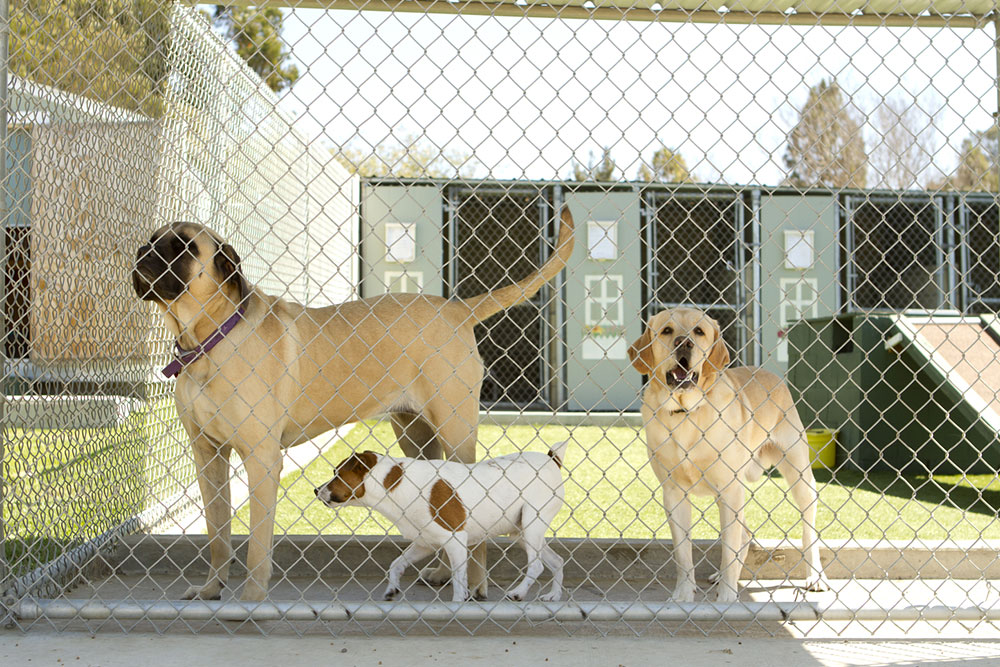Wireless electrical fencing – How it works and mistakes to avoid

Wireless electric dog fences have been part of dog training and safety programs for years. It is important to use this technology carefully after proper research to avoid discomfort for your furry friend. For the same reason, it is always advised to seek a professional trainer’s help and guidance before using it. Continue reading to learn more about common mistakes to avoid with wireless dog fencing to prioritize your pet’s safety and well-being.
Understanding the mechanism
Various components work together to make the wireless fencing system function effectively. It includes the transmitter and the receiving collar. The transmitter is a unit that needs to be placed somewhere unobtrusive in the house. This can be a place like the utility area or even the closet if there is adequate space. For it to start working, the transmitter needs to be plugged in and switched on. Once done, it emits a signal to the dog’s receiver collar, launching the training.
Safe zone
There is a safe zone set up for the dog’s protection. It means that the wireless electric dog fence transmitter unit can be adjusted to create an invisible line at a distance for a circular area. This distance can be 15 feet to 90 feet, depending on individual needs. The signal is then detected within these parameters. So, the receiver collar constantly searches for the signal when the dog remains within the circle, which is the designated area.
However, as soon as the dog approaches the boundary of this designated area that is considered safe, it gets an audible warning signal. If the dog chooses to ignore the warning sign and continues to move away from the safe zone, the signal on the collar will be lost.
Once the signal is lost, the pet experiences a harmless static sensation to help it correct its action. Some call this a “shock,” but it is a harmless sensation that notifies the dog that it is out of the safe zone and should return to its location. Extensive positive training is needed to help the pet become accustomed to this form of communication.
Training mistakes to avoid
Pet owners must be aware of certain common mistakes during dog training that involve invisible fences. Here are some things to keep in mind.
For trainers
It applies to home trainers and other professional coaches- Some of them believe that the more the static sensation is used in training, the quicker the dog is trained. This is not the best way to train or even treat the dog. This kind of training can lead to a lot of confusion for the pet, and may even stop responding to the training method altogether. When many corrections are made in a short period, the dog can feel overwhelmed and not understand the purpose of this training. It can lead to them shutting down and avoiding going outside altogether because they associate the yard with the wrong kind of training.
Containment training
Incomplete training is another common mistake that dog trainers must avoid. When doing containment training, an important aspect to focus on is involving and introducing various stimuli to the process. It can include things like dogs walking by, people passing, cars driving by, and the dog learning not to run after these stimuli.
Whenever a dog is being trained to use the yard space properly, a puppy will most likely be scared of the open space due to the various stimuli that already exist. So, a good training program involves letting the dog be excited about using the yard and enjoying the world and environment around them while also being aware of the training flags. The training flags can be used as the physical boundary to inform the dog of the safe area. While they enjoy the surroundings, they must know that anything outside the set boundary is unsafe and instead enjoy the safe space to its full potential.
Velcro dogs
Communication with the dog should be very clear during this kind of training. Don’t let the pet think your company is a must for them to enjoy the day. Please encourage them to explore the yard alone, help them enjoy play activities, and let them sniff and play around. You do not want a Velcro dog constantly stuck to your side throughout the day. It can make the dog even more anxious because when you leave or are not around for a few hours, they won’t know how to be independent.
For pet parents
It is important to know that the collar should not be removed even after a month of training. This is because while the dog will gradually know not to leave the yard, they may not recognize if they have crossed a couple of feet of boundary as well without the static sensation. It means they continuously push their boundaries without knowing it and may eventually end up on a busy street. So, being consistent with the collar usage is important to ensure the communication with the pet is 100 percent and they feel safe out in the yard.